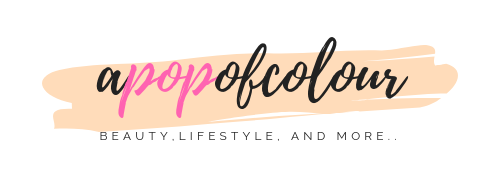Nov
2014
Made in Manitobah: Aboriginal-owned, proudly Canadian
There’s a reason they call Winnipeg, “Winterpeg”.
Being in the centre of Canada, this prairie city (the largest between Toronto and Calgary) is notorious for having -40 weather (celsius, of course). Yes, it’s cold, but we get used to it.
Another thing we are known for? Having a large aboriginal population. The CBC reported in 2013 that Manitoba has the highest percentage of aboriginal people among Canada’s provinces. According to a survey from Statistics Canada, 16.7 per cent of Manitoba’s population identified as aboriginal – four times the Canadian average of 4.3 per cent.
The abundance of aboriginal imagery and culture is found in many places around the city of Winnipeg. Take for instance The Forks, our most popular tourist attraction (and the home of the recently opened Canadian Museum for Human Rights). So it makes perfect sense that the fastest-growing shoe company in Canada is based right here, in the middle of the prairies.
The shoe company? Manitobah Mukluks, an aboriginal-owned footwear company that makes mukluks and moccasins. Headquartered right here in Winnipeg, the company produces 20 per cent of their products locally (averaging 20,000 pairs per year), with a demand of 250,000 annually.
I got the opportunity last week to meet the Manitobah Mukluks team and visit their headquarters right here in my hometown, as well as learn about all the philanthropy that they do.
Obviously I had known about the brand prior, I’ve seen their cute mukluks in some of the biggest shoe retailers here in Canada like Town Shoes and Browns, but I didn’t know how much the company was actually rooted to the aboriginal community. The company isn’t just about footwear, they are all about supporting Canada’s First Nations culture and community. Prior to going to their offices in Winnipeg’s Pointe Douglas area, we visited the Centre for Aboriginal Human Resource Development (CAHRD), a non-profit, human resource development organization that delivers literacy, education, training, and employment to the urban aboriginal population of Winnipeg.
Comprised of two programs, the Aboriginal Community Campus (ACC) and the Neeginan College of Applied Technology (Neeginan College), aboriginal individuals can go through CAHRD to gain improved literacy skills, life skills, and training for new career paths. Thousands of aboriginal people have found employment through CAHRD and hundreds of CAHRD students have gone onto graduate from post-secondary institutions. Every year Manitoba Mukluks partners with CAHRD to provide an education bursary that allows aboriginal students to attend college or university. They also fund a beading club, where they give beading supplies to the school to teach the act of beading to students, as well as post job openings for the company.
On a broader level, they also founded the Storyboot Project, which aims to revive the traditional art of mukluk and moccasin making by selling products made by artisans and traditional mukluk makers through the company. By doing so, it keeps the preservation of the craft alive and well, and supports the artisans who make the shoes. You can purchase a pair of these one-of-a-kind storyboots from their website, where the artist themselves receive 100 per cent of the proceeds.
From the boardroom of their Winnipeg headquarters they also hold the Storyboot School, where aboriginal artists teach the skills of crafting aboriginal footwear by hand to aboriginal students in Winnipeg. This five-week free program passes on the traditional form of mukluk and moccasin making to aboriginal youth, something that is often lost in today’s culture.
As for the actual mukluks themselves, I got to walk home with a pair of their Kanada Mukluks in black. The boots are made with sheepskin sherling, cowhide suede, rabbit fur, with a Tipi Vibram sole, making them wearable for everyday, and especially for winter. This particular style, which is made in Canada, retails for $299 CAD, but the company offers many other similar styles for less money.
I usually wear my Uggs when winter comes, but I have gone through many a pair of those boots and although they are commonly known as winter boots here in North America, they don’t hold up very well by the end of the season. Since aboriginal ancestors created mukluks to survive the coldest places in Canada (I’m sure Winnipeg would be one of them), I have high hopes for these boots this winter. Plus, it seems that mukluks are totally in for winter 2014, good thing since I can’t think of a better place to wear them than my hometown, Winnipeg.
Learn more about Manitobah Mukluks, and order your own pair, from their website, Manitobah.com.
Like what you read? Check out these related posts.
- Fashionably late! H&M finally comes to Winnipeg!
- #amazefesteurope – The Generator London hostel guide!
- #amazefesteurope – Paris, s’il vous plait!
- #amazefesteurope – Firenze fierce




